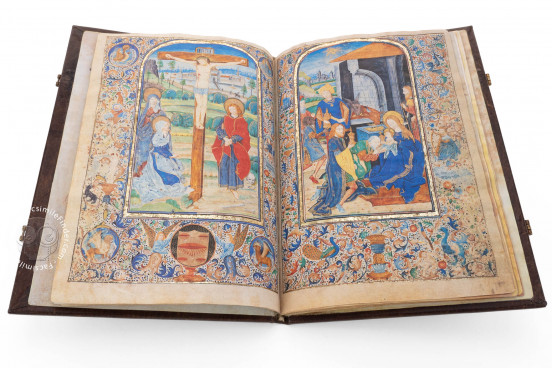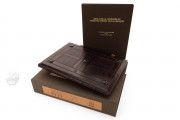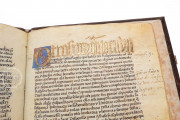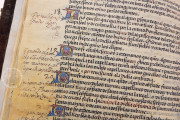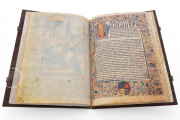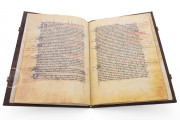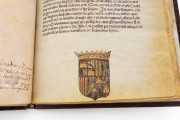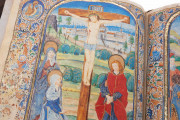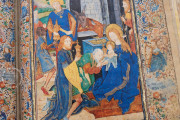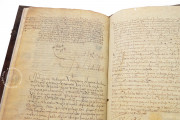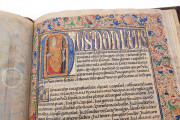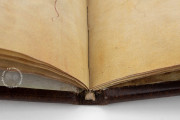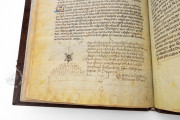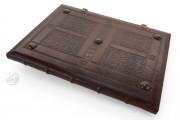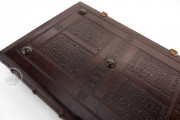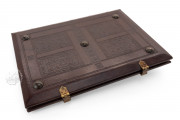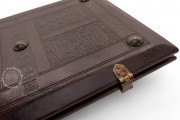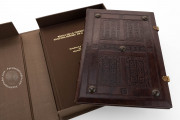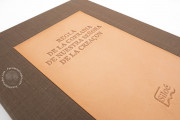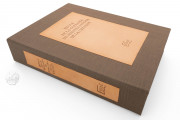The "Regla de la Cofradía de Nuestra Señora de la Creaçon" is a lovely manuscript made in thin vellum perfectly polished and with an excellent finish which also offers a beautiful gothic round writing or semigothic, characteristic of the most important documents of 15th century. The primitive brotherhood was founded by the “criados del coro” (servants of the choir) of the cathedral – that is the reason of the name criaçon, criazon or creaçon (creation).
It is strange the little relation between this term with the real content of the Regla, since that expression usually is referred to the children and teenagers who grow up and are brought up under the protection of some religious, of the nobility or monarchical institution. On the contrary, kings, bishops of Burgos, members of the clergy of the cathedral and other devout people of both sexes belonged to our brotherhood; however, as time passed by, it became a devout brotherhood with a restriction of just 30 clergymen.
A portrait of an epoch
The first page of the text of the Regla strictly speaking is dominated by the portrait of Don Luis de Acuña. It is interesting beacause it is one of the few portraits of that time that can be found in the cultural Spanish spheres. In addition, it reminds us the relevant figure of that bishop, adviser of Isabella I of Castile. The kings lost his trust in him and stopped supporting him when he took Joanna of Castile’ side in the civil war following the death of Enrique IV and after failing at joining the Crowns of Castile and Portugal, from which their ancestors came. He eventually abandoned the Court when the queen Isabella I got married with Ferdinand of Aragon.
At those changing times, the brotherhood is closely linked with the distinguished Don Luis de Acuña, appointed by Pope Callixtus III, the successor of the famous Alonso de Cartagena. When the new Regla was written, he excelled in his peace role and patronage of Arts. In that field, he had a decisive influence on the Italian Renaissance and the rich Flemish contributions due to a “Castilian” impulse. As a result of that, it appeared the “Renaissance from Burgos”. All that happened together with a life marked by the mercy, austerity and charity.
In the borders of the gorgeous initial pages, a series of grotesque figures are shown, “putti” (naked children) and several diverse and really curious bodies integrated in one. The most amazing of all of them, always according to the suggestive work of professor Yarza, can be found on the border of the miniature of the Epiphany: the “grvllae”; it has a web-footed fish body and it seems to be devouring a human head wearing a kind of bird, like a living helmet.
We have 1 facsimile edition of the manuscript "Rule of the Brotherhood "Nuestra Señora de la Creaçón"": Regla de la Creaçón facsimile edition, published by Siloé, arte y bibliofilia, 2001
Request Info / Price
